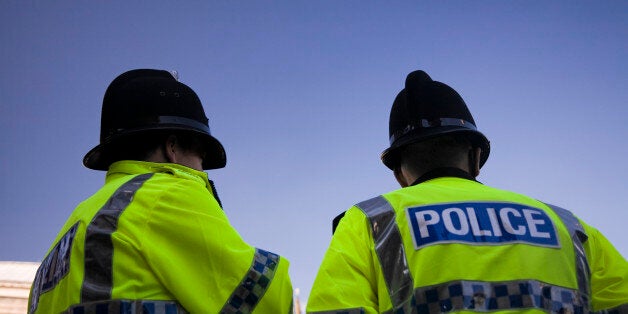
The announcement on Tuesday that the Government will be lifting the public sector pay cap will be both welcome, and hugely disappointing for millions of public sector workers.
In 2011/12, the Coalition Government introduced a two-year pay freeze as part of their efforts to reduce the deficit. This was then followed by five successive years of pay being effectively capped at 1 per cent. The Government had planned to continue these caps until 2020, which would have represented nine long years of pay restraint. So the announcement today that police officers and prison officers will receive increases of above 1% will be a welcome sign that they are changing course.
However, the announcement will also come as a bitter disappointment for three reasons.
First, the surprise in this announcement is not that the Government has ditched their plans to continue with the 1% cap - this had been briefed out over the last couple of weekends. The surprise is that they have barely budged from it. Next year, prison officers will receive an increase of 1.7%. This represents a pay rise of just 97 pence a day for a Prison Officer on the starting salary. Police Officers will receive a 2% increase, though half of this will come as a bonus which will not be guaranteed for future years. Both of these figures are below inflation, which jumped to 2.9% today, the highest level in more than five years. So while the Government have technically lifted the cap a little, next year will be the eighth successive year of real terms pay cuts for these workers.
Second, this announcement suggests that rather than providing new money, the Government will expect the cost of lifting the cap to be covered by cuts elsewhere. The money for the increases will have to come from existing Police and Ministry of Justice budgets, which are already under huge pressure. So this doesn't appear to be an easing of austerity; it is just shifting the burden elsewhere.
Third, the Government had briefed that it would lift the cap first in areas of the public sector which face particular challenges with recruitment. Surely, the prison service, which faces a workforce crisis and growing systemic challenges, is a prime example. So if the prison officers are afforded just 1.7%, how much will workers in local government, the civil service, or other areas of the public sector receive?
There has been growing concern about the impact of the pay cap. Most obviously, seven years of real terms pay cuts have eroded the incomes of millions of public sector workers. But the wider impacts are becoming increasingly clear. We are starting to see recruitment and retention challenges across the public sector as real terms pay has fallen. Take the NHS where we have seen agency costs rocket and a shortage of 40,000 nurses and midwives. While increasing public sector pay doesn't come cheap, there are economic and fiscal costs to the pay cap too. The cumulative impact of millions of public sector workers experiencing year upon year of pay cuts has constrained both demand in local economies and tax income nationally. With living standards being squeezed and public services creaking, it is increasingly clear that the public sector pay cap is a false economy.
So the announcement is both welcome and disappointing. It is a change of policy, but barely a change of course. It will do little to address the growing unrest and it may fail to avert industrial action. This is progress, but not enough; public servants deserve a pay rise.
